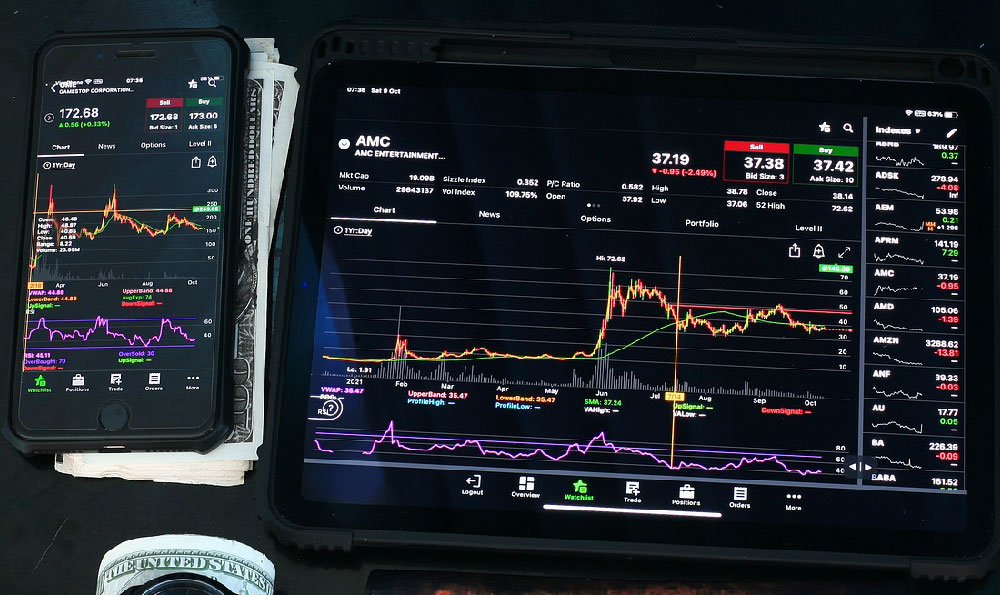
Pionex, a crypto exchange known for its automated trading bots, often touts its low transaction fees. But in the world of cryptocurrency investing, appearances can be deceiving. While the headline rate might seem attractive, understanding the actual costs associated with using Pionex requires a deeper dive into its fee structure, potential hidden expenses, and how it compares to other platforms. This article aims to dissect Pionex's fee model, revealing the true cost of trading on the platform and helping you make informed decisions.
Decoding Pionex's Fee Structure: More Than Meets the Eye
Pionex advertises a standard transaction fee of 0.05% for both makers and takers. This is undeniably competitive, especially when compared to larger exchanges like Binance, which typically charge 0.1% or higher for standard users. However, it’s crucial to recognize that this 0.05% rate applies to every trade executed by the bots. If you're running a grid trading bot, for example, that executes hundreds of small trades in a day, those fees can quickly add up.

Think of it like this: a small drip can fill a bucket over time. While each individual 0.05% fee might seem insignificant, the cumulative effect of numerous trades can erode your profits, especially if you're operating with tight margins or a small initial investment. It's essential to factor this compounding effect into your profit projections.
Beyond the Headline Rate: Hidden Costs and Considerations
Beyond the standard transaction fee, several other factors can impact the overall cost of using Pionex:
- Spread: The spread is the difference between the highest price a buyer is willing to pay (the bid) and the lowest price a seller is willing to accept (the ask). A wider spread means you're buying at a higher price and selling at a lower price, effectively reducing your profit margin. While Pionex itself doesn't directly control the spread, the liquidity of the market on Pionex's platform influences it. Low liquidity can lead to wider spreads, increasing the cost of trading.
- Slippage: Slippage occurs when the price you expect to get for your trade differs from the actual price at which it's executed. This is common in volatile markets or when trading large orders. Pionex's automated bots can sometimes experience slippage, especially during periods of high market activity, potentially impacting the profitability of your trades.
- Funding Fees (for Perpetual Contracts): If you're trading perpetual contracts on Pionex, you'll encounter funding fees. These are periodic payments either paid or received depending on the difference between the perpetual contract price and the spot price. While not directly a transaction fee, funding fees can significantly impact your profitability, especially if you're holding positions for extended periods.
- Withdrawal Fees: Withdrawing your cryptocurrency from Pionex incurs a withdrawal fee, which varies depending on the coin. It's essential to check these fees before withdrawing your funds, as they can sometimes be higher than expected and eat into your profits.
Comparing Pionex's Fees to Other Exchanges: A Holistic View
To truly assess whether Pionex's transaction fees are "low," it's necessary to compare them to other exchanges and platforms offering similar services. Consider factors such as:
- Binance: While Binance's standard fee of 0.1% is higher than Pionex's 0.05%, Binance offers various ways to reduce fees, such as holding BNB tokens or having a high trading volume. Furthermore, Binance's higher liquidity often translates to tighter spreads and less slippage.
- KuCoin: KuCoin also offers competitive fees and a wide range of trading bots. Comparing the actual trading costs, including spreads and slippage, across different bots on Pionex and KuCoin is crucial.
- Other Crypto Trading Bot Platforms: Several other platforms specialize in providing automated trading bots. Carefully evaluate the fees, features, and performance of these platforms before making a decision.
The best platform for you will depend on your specific trading style, the assets you're trading, and your overall investment strategy.
Mitigating Costs and Maximizing Profitability on Pionex
While Pionex's low headline fee is attractive, maximizing profitability requires a strategic approach:
- Careful Bot Selection and Configuration: Choose bots that align with your risk tolerance and market analysis. Optimize bot settings to minimize unnecessary trades and reduce the impact of fees. Thoroughly backtest your bot strategies before deploying them with real capital.
- Monitor Market Liquidity: Avoid trading in illiquid markets where spreads are wide and slippage is common. Stick to coins with high trading volume and tight spreads.
- Manage Risk Effectively: Use stop-loss orders and other risk management tools to protect your capital and limit potential losses from unfavorable market movements.
- Regularly Review Performance: Track your trading performance closely, paying attention to the impact of fees and other costs on your overall profitability. Adjust your strategies as needed to optimize your returns.
- Factor in all the fees: When calculating potential ROI from a bot strategy, include the compounding effects of small transaction fees. This will result in a more realistic profit projection.
The Verdict: Is Pionex Really Low Cost?
Pionex's 0.05% transaction fee is indeed competitive, making it an attractive option for traders who execute a high volume of trades using automated bots. However, it's important to look beyond the headline rate and consider the potential impact of spreads, slippage, funding fees, and withdrawal fees. By understanding the complete cost structure and employing effective risk management strategies, you can maximize your profitability and make informed investment decisions on Pionex. Ultimately, whether Pionex is truly "low cost" depends on your individual trading style and how effectively you manage your expenses. The key is diligent research, strategic planning, and continuous monitoring of your trading performance.





